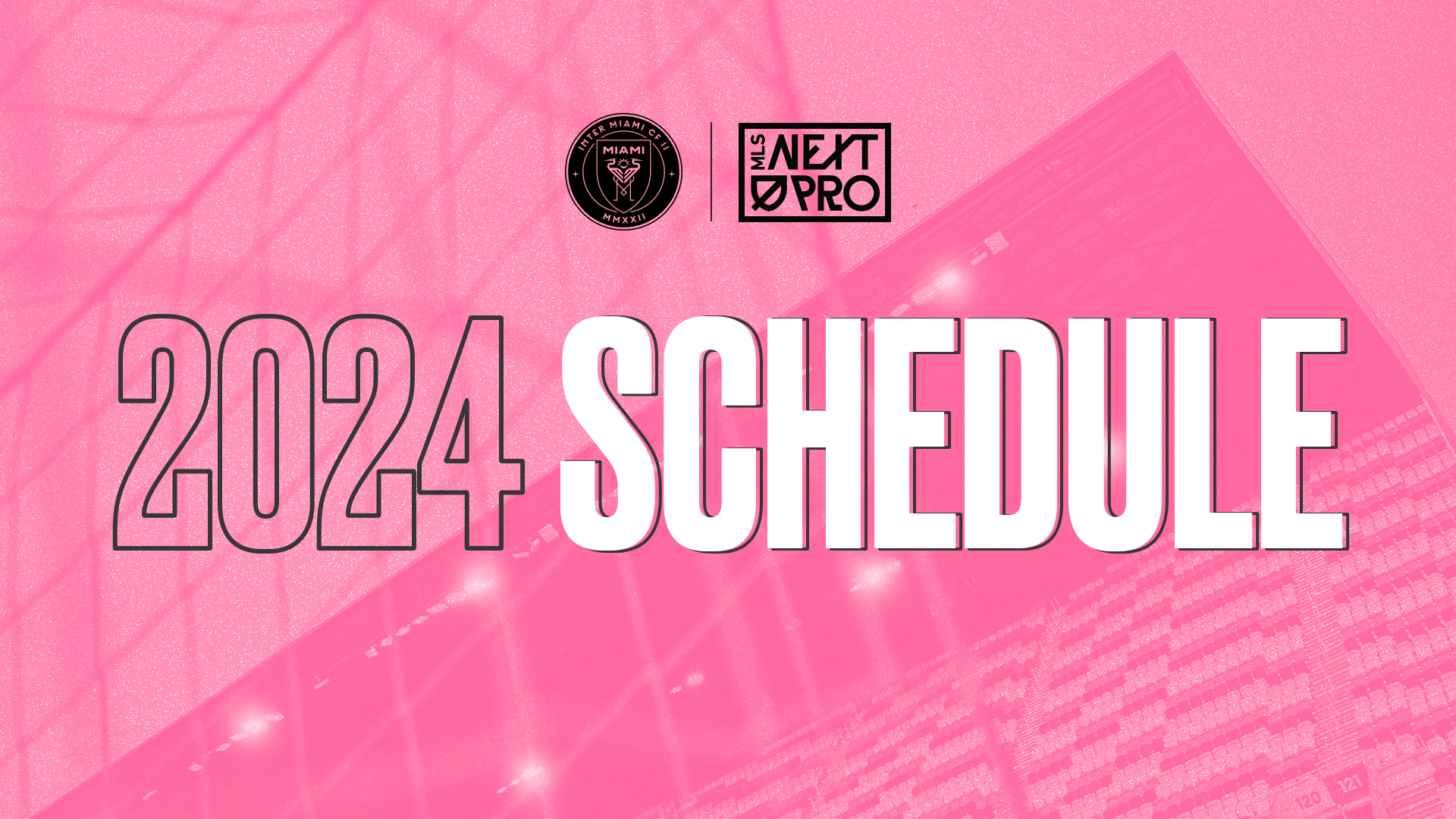Foreign Investment in South Florida Grew to $7B in 2022
(Photo Illustration by The Real Deal with Getty)
Luxury broker Dora Puig recounts a deal last month that reminded her of the “good old days” when foreign buyers — particularly those from Latin America — were a larger presence in South Florida real estate.
The $9.3 million Fisher Island condo’s seller was Mexican and the buyer Brazilian.
“I hadn’t seen a Mexican seller and a Brazilian buyer on a contract in five, six years,” Puig said. Domestic buyers have dominated the buyer pool over the past two years, especially in markets like Miami Beach.
Though foreign buyers never really disappeared during the pandemic, Puig and others predict more Brazilian buyers will “pour in” after the presidential election in October. President-elect Luiz Inacio Lula da Silva will take office in January. It’s common after any leftist leader wins a contentious election in Latin America that wealthy buyers look to move their money into the U.S.
The influx of international investment in South Florida is a welcome change for sellers and brokers, now that high mortgage rates have pushed domestic buyers to the sidelines.
And the numbers show that foreign investment is returning. This year, international buyers spent $6.8 billion on residential real estate in South Florida, according to the Miami Association of Realtors. That’s a 34 percent annual increase compared to the $5.1 billion they spent last year.
Foreign buyers acquired 9,400 homes in South Florida this year, up 25 percent, year-over-year. Nationally, foreign investment fell, according to the association’s report.
Broker and developer Edgardo Defortuna, CEO of Miami-based Fortune International Group, said he has seen an uptick in buyers from Colombia, Brazil, Chile, Peru and Argentina. Mexicans are also a strong buyer pool in Sunny Isles Beach, he said this week.
Defortuna previously told The Real Deal that Colombian buyers are always in the market in Miami, and Fortune is seeing an uptick at new projects in Brickell and Wynwood.
“You might say it’s maybe an overreaction or a reaction of panic, and that it’s going to taper off,” he said in September. “I’m not sure if that’s the case.”
Argentina was the top country searching for and buying homes in Miami-Dade County this year, according to the realtor’s association. Argentinians represented 13 percent of foreign buyers countywide, followed by Colombians with 12 percent, Mexicans and Peruvians with 8 percent each, and Chileans, Canadians and Venezuelans with 7 percent, each. Brazil ranked fifth, representing 5 percent of all purchases.
Attorney Daniel Zabludowski, of Pena Garcia & Diz, said that this fall foreign buyers are showing a “tremendous amount of interest,” especially his clients from Montreal and Toronto. But he said some of his clients are looking at inland properties in less expensive markets due to the soaring cost of homeowners insurance.
Many developers are focusing on luring Colombians, which is proving to be a successful strategy following the election of President Gustavo Petro.
At One Park Tower, a condo development that Turnberry Associates and Carlos Rosso are building at Solé Mia in North Miami, nearly 30 percent of the preconstruction buyers are Colombians, according to a project spokesperson.
At District 225, a short-term rental condo project in downtown Miami under development by Related Group, ROVR Development and BH Group, nearly one-third of the 347 units have pre-sold to Colombian buyers, according to Related. The developer is also reporting 71 sales to Colombian buyers at the Crosby, Related and Merrimac Ventures’ project at Miami Worldcenter. That amounts to 16 percent of all sales.
“These are people who want to move here,” Zabludowski said. “They want to establish business here because of political instability.”



